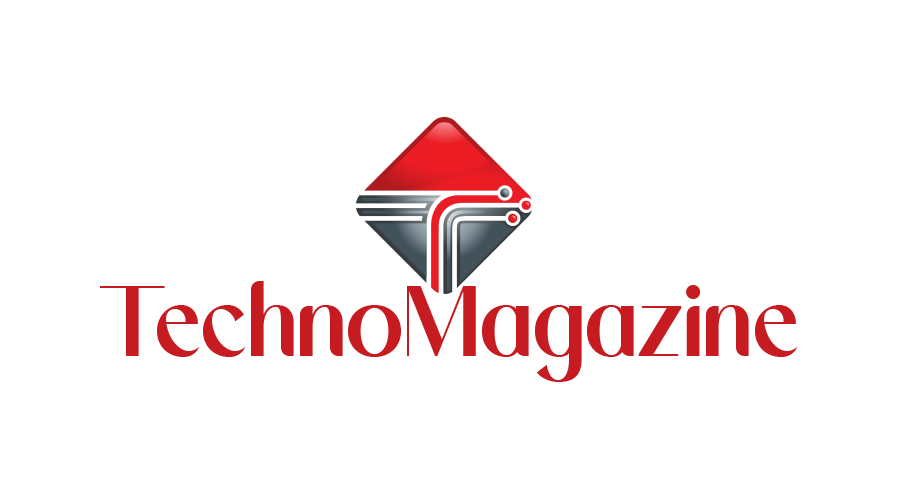Electroplating is a critical process in various industries, enhancing the physical properties and aesthetics of metal components. Among the techniques employed, rack and barrel plating are two prevalent methods. Both have distinct advantages and applications, making it essential to understand their differences. This article delves into a comparative analysis of rack and barrel lines in electroplating, shedding light on their respective benefits and ideal use cases.
Understanding Electroplating Consultancy Services
Electroplating consultancy services play a pivotal role in optimizing plating processes. These services provide expert guidance on selecting the right plating technique, ensuring quality, and maintaining efficiency. The choice between rack and barrel plating can significantly impact the final product’s quality and production cost. Consultants assess factors like part size, geometry, and volume to recommend the most suitable method, ensuring the best outcomes for industrial applications.
What is Rack Plating?
Rack plating involves mounting parts on a rack, allowing them to be individually plated. This method is ideal for large, complex, or delicate parts that require precise handling. Rack plating ensures uniform coating thickness and high-quality finishes, making it suitable for automotive, aerospace, and medical components.
Advantages of Rack Plating
One of the primary advantages of rack plating is its ability to handle large and complex parts. The method allows for meticulous control over the plating process, ensuring uniform coverage even on intricate geometries. This precision is crucial for industries where component performance and aesthetics are paramount. Additionally, rack plating minimizes damage to delicate parts, as they are securely fixed during the process.
Applications of Rack Plating
Rack plating is commonly used in industries requiring high-quality finishes and precise control. For instance, the automotive industry employs rack plating for exterior trim and functional components. In aerospace, it is used for critical parts requiring corrosion resistance and wear protection. The medical industry also benefits from rack plating, especially for surgical instruments and implants that demand biocompatibility and durability.
What is Barrel Plating?
Barrel plating, on the other hand, involves placing parts in a rotating barrel, which tumbles them as they undergo the plating process. This method is best suited for small, durable parts produced in large quantities. Barrel plating is efficient and cost-effective, making it popular in the manufacturing of fasteners, electrical connectors, and other small components.
Advantages of Barrel Plating
Barrel plating offers several advantages, particularly for high-volume production. Its primary benefit is efficiency; multiple parts can be plated simultaneously, significantly reducing processing time and costs. The method is also highly versatile, accommodating various part shapes and sizes. Additionally, barrel plating provides good coating consistency, essential for components where uniformity is critical.
Applications of Barrel Plating
Barrel plating is widely used in industries where small, durable parts are produced in bulk. For example, the electronics industry utilizes barrel plating for components like screws and connectors, which require reliable conductive coatings. Similarly, the hardware industry employs barrel plating for fasteners and small tools, ensuring they are corrosion-resistant and aesthetically pleasing.
Comparative Analysis of Rack and Barrel Plating
While both rack and barrel plating have their unique advantages, the choice between them depends on specific requirements.
Quality and Precision
Rack plating excels in applications requiring high-quality finishes and precise control over coating thickness. It is ideal for parts with intricate geometries and those that cannot tolerate any form of damage. Conversely, barrel plating, though efficient, may not provide the same level of precision, making it less suitable for complex or delicate components.
Cost and Efficiency
Barrel plating is generally more cost-effective and efficient for high-volume production. Its ability to process many parts simultaneously reduces labor and processing costs. Rack plating, while more expensive, justifies its cost with superior quality and precision, crucial for high-performance applications.
Versatility and Suitability
Rack plating is versatile in handling large, complex, and delicate parts, offering flexibility in terms of part size and shape. Barrel plating, while also versatile, is better suited for small, durable parts produced in large quantities. The decision between the two methods hinges on the specific needs of the application and the nature of the parts being plated.
Role of Printed Circuit Board Plating Rectifiers
Printed Circuit Board Plating Rectifiers (PCB) plating rectifiers are essential components in the electroplating process, providing the necessary electrical current for plating. The choice of rectifier can influence the quality and efficiency of both rack and barrel plating. High-quality rectifiers ensure consistent current flow, critical for achieving uniform coatings and optimal plating results. Electroplating consultancy services often include recommendations on the best rectifiers to use, tailored to the specific requirements of the plating process.
Conclusion
Understanding the differences between rack and barrel lines in electroplating is crucial for selecting the appropriate method for your application. While rack plating offers superior quality and precision for complex parts, barrel plating provides efficiency and cost-effectiveness for high-volume production of small components. By leveraging electroplating consultancy services and utilizing high-quality PCB plating rectifiers, businesses can optimize their plating processes for the best results. For more detailed guidance, visit theadvint.com to explore expert consultancy tailored to your specific needs.

